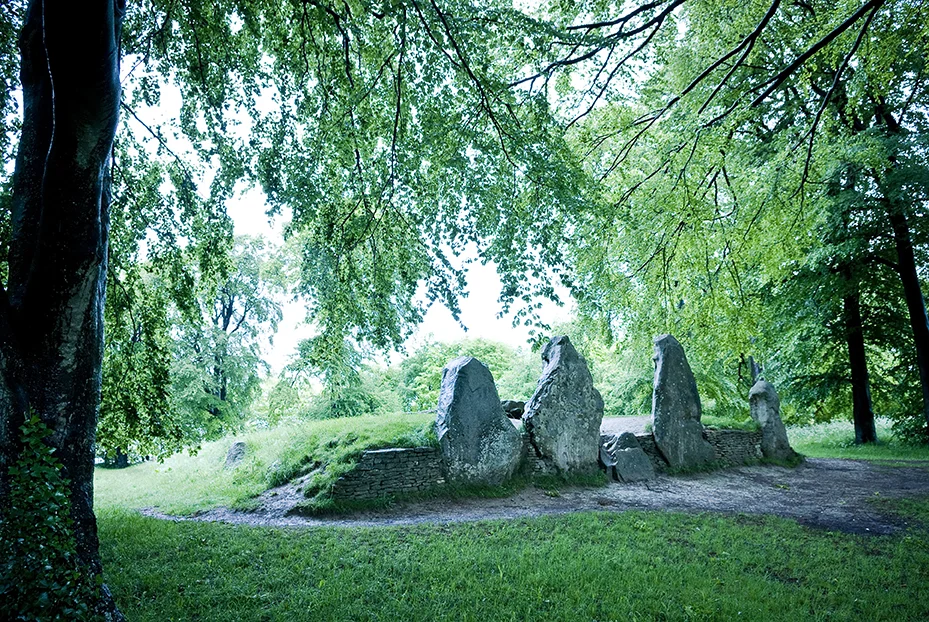









I first visited Wayland’s Smithy on a family excursion when I was about 9 years old. It made an instant impression on me, not so much because of its thousands of years age (time’s a difficult concept for most young children) but more to do with its simplicity and scale. People long ago had erected massive sarsen stones by hand, without the aid of machines and buried their dead inside the structure’s small chambers. What’s more, you could still go inside these small chambers, but the bones were long gone, though I did find what I thought was a human rib bone on the path from the monument back to the Ridgeway, but my dad dismissed it as belonging to a cow or pig. For some time after this visit I was engrossed in trying to build a replica model of Wayland’s Smithy out of stones and earth in my own personal mud patch next to the side door of our home. It was some years after this that I discovered that the long barrow had been excavated and largely reconstructed (sympathetically) between 1962-63 by archaeologists Stuart Piggott and Richard Atkinson. Having looked at old photos of the site my mud patch version was more like the pre-reconstruction version.